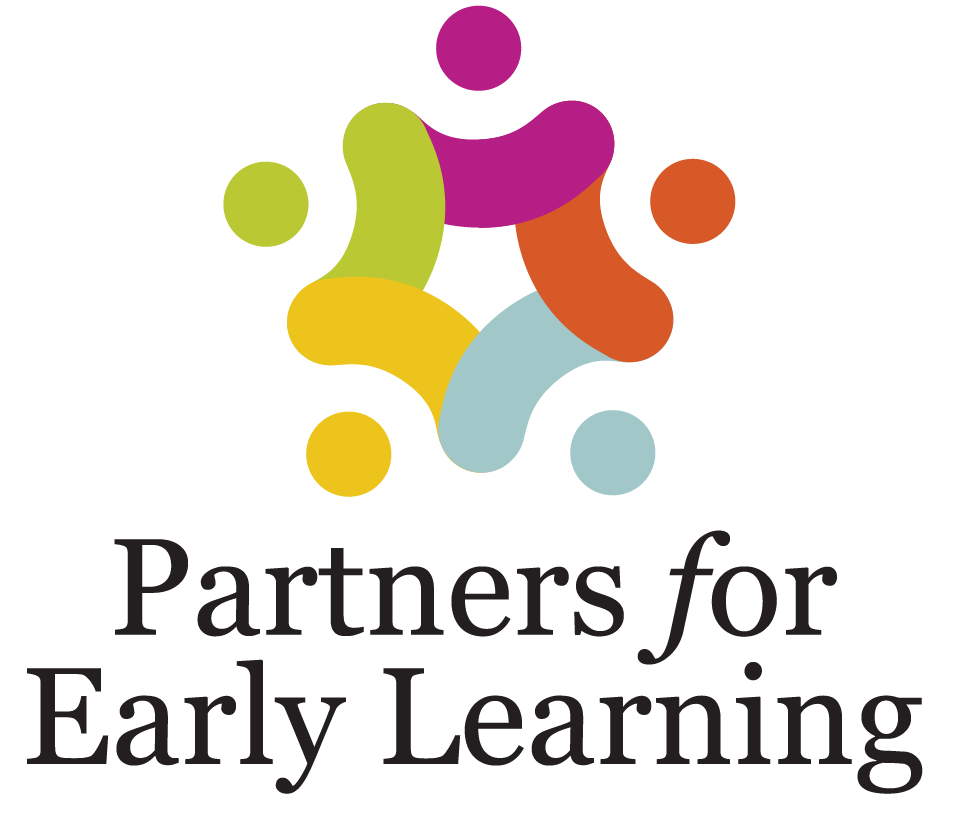Physical
Physical Milestones For 0-6 Months

Physical: Overview (0-6 Months)
Physical development includes everything from the growth of the five senses–vision, hearing, touch, taste, and smell–to a child’s overall ability to move his body, including
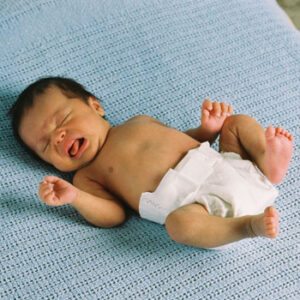
Touch: Feels Pain (0-1 Month)
It was once believed that premature newborns could not feel pain. Today, however, researchers have located specific pathways in the nervous system that are responsible
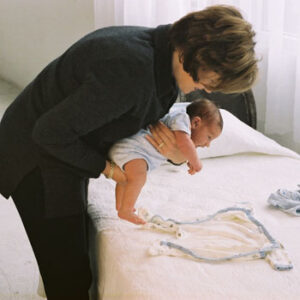
Vision: Color Vision Is Limited (0-1 Month)
Newborns do see the world in some color, but they have trouble discriminating blues from greens and reds from yellows. References Brown, A. M. (1990).

Can Take Swipes at Dangling Objects with Hands (1-5 Months)
In their first month or two, babies attempt to reach for dangling toys or other interesting objects (this is called pre-reaching). In the early months,
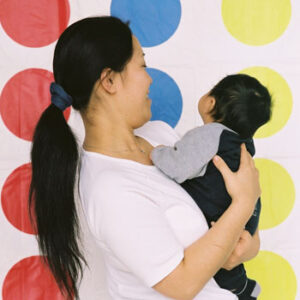
Vision: Attracted to High-Contrast Patterns or Edges (0-2 Months)
Several experiments show that babies will turn toward patterns with high contrast and away from simple patterns with little contrast. For example, infants are interested

Vision: Focuses on Objects from 8 to 15 Inches Away (0-2 Months)
Babies are born with limited vision, but soon after birth, they can focus on objects about 8 to 15 inches away. By 1 month, most
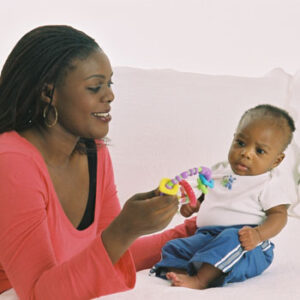
Vision: Tracks Slowly Moving Objects (0-2 Months)
Although vision is limited at first, moving objects catch newborns’ attention. Babies are likely to track an object with their eyes as long as the target
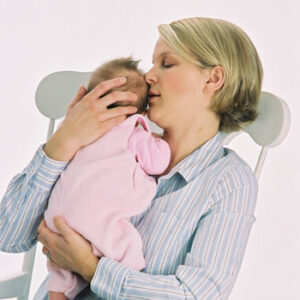
Hearing: Well-Developed, except for Very Quiet Sounds (0-3 Months)
Even before birth, babies have been shown to respond to sound stimuli within a limited range of sound frequencies. At birth, most babies hear quite
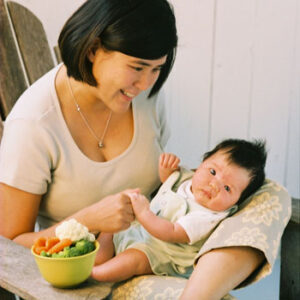
Smell: Prefers Sweet Smells over Bitter or Acidic Smells (0-3 Months)
Newborns are attracted to the smell of breastmilk, and experiments show that they will vigorously turn away from bitter or acidic smells such as vinegar,

Smell: Recognizes Scent of Mother’s Breastmilk (0-6 Months)
Young babies are attracted to the scent of their mothers’ breastmilk and prefer it to other women’s milk. In one experiment, two breast pads were
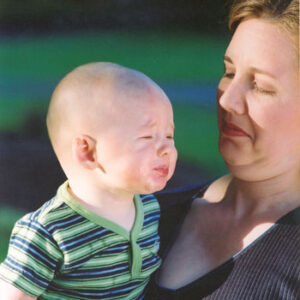
Taste: Prefers Sweet over Bitter Tastes (0-3 Months)
Infants are born with some basic taste preferences. In one research study, babies would suck faster and stronger for sweet liquids than bitter, sour, salty,
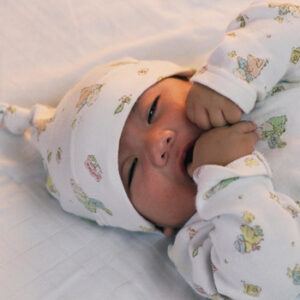
Displays Rooting and Sucking Reflexes (0-4 Months)
Babies are born with a variety of innate reflexes. The rooting reflex prompts a baby to turn his head from side to side, especially if
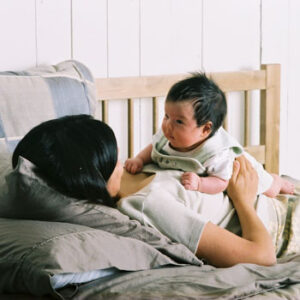
Can Raise the Head from a Prone Position (0-2 Months)
Soon after birth, most babies can raise their heads for brief periods when lying prone (on their stomachs). This is more difficult for babies than
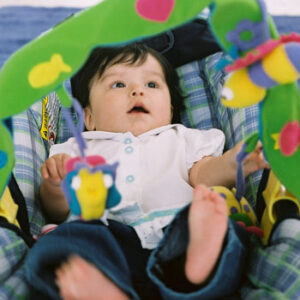
Vision: Can Discriminate among Basic Colors (1-5 Months)
Infants soon after birth have limited color vision, and they have trouble discriminating blues from greens and reds from yellows. By 2 months, most babies
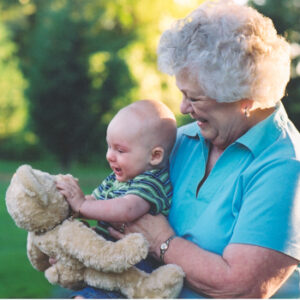
Vision: Can Focus on Objects up to 3 Feet Away (1-5 Months)
By the end of a baby’s first month, she can focus briefly on objects up to three feet away. Over the next few months, her
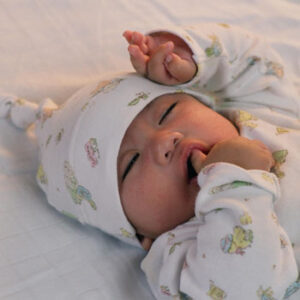
Brings Hand to Mouth (1-3 Months)
During the first few months of life, babies persistently attempt to bring their hands to their mouths but have not developed the strength or skills

Opens and Shuts Hands (1-3 Months)
During the first 3 months of life, babies’ hands and arms develop rapidly. Initially, their hands are often tightly clenched with the thumb curled inside
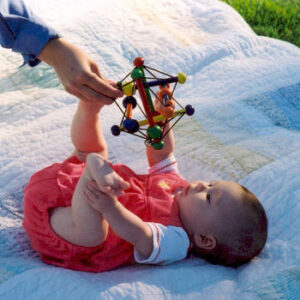
Grasps and Shakes Hand Toys (1-4 Months)
Between their first and third months of life, babies gain the skills to grasp and shake hand toys; they may even transfer them from one
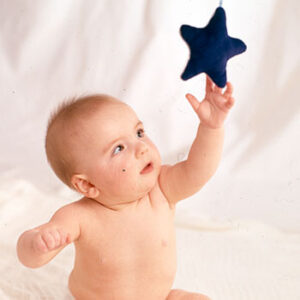
Vision: Can Use Movement to Identify Objects (1-5 Months)
One of the challenges babies face is discriminating against separate objects from what surrounds them. Experiments have shown that by 2 months, many infants use
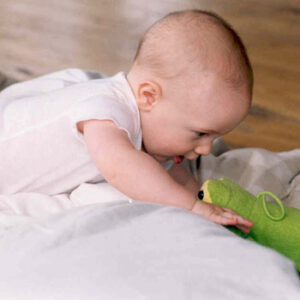
Touch: Can Distinguish between Lumpy and Smooth Objects with Mouth (1-7 Months)
Within their first few months, babies can integrate some types of sensory information. One experiment showed that babies can match the information they receive through
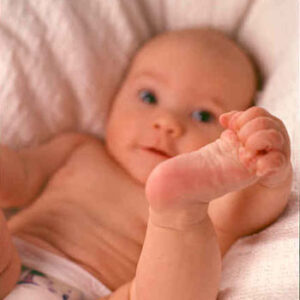
Can Reach Voluntarily for Things (3-6 Months)
In their early months, infants may reach for things, but these early attempts (called pre-reaches) are generally uncoordinated swipes at objects in a baby’s visual
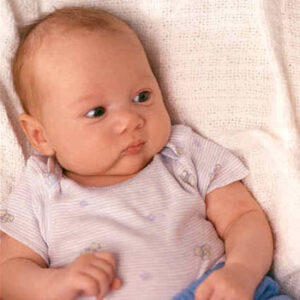
Vision: Depth Perception Begins to Develop (3-7 Months)
Babies as young as 2 to 3 months have shown some form of depth perception. One method researchers have used to study babies and depth
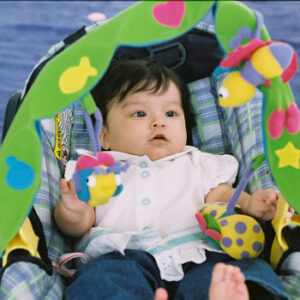
Vision: Develops Full-Color Vision (4-7 Months)
Color vision doesn’t fully develop until about four months. After four months, babies can distinguish between even closely related colors, such as green and turquoise.
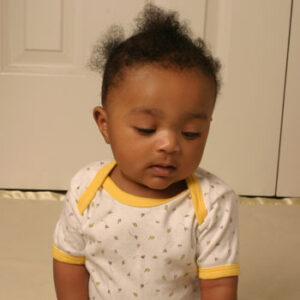
May Sit Easily without Support (5-7 Months)
Babies’ growing curiosity and abilities lead them to try new things, so parents and caregivers should arrange the environment to minimize the possibility of falls,
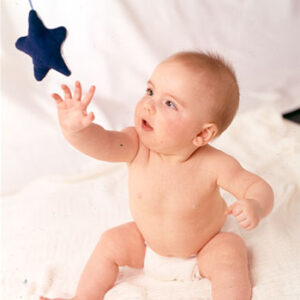
Can Reach Out and Grasp Moving Objects (5-8 Months)
Around 5 months, most babies become more skilled in their reaching and grasping attempts. This includes the ability to grasp moving objects, which in part
